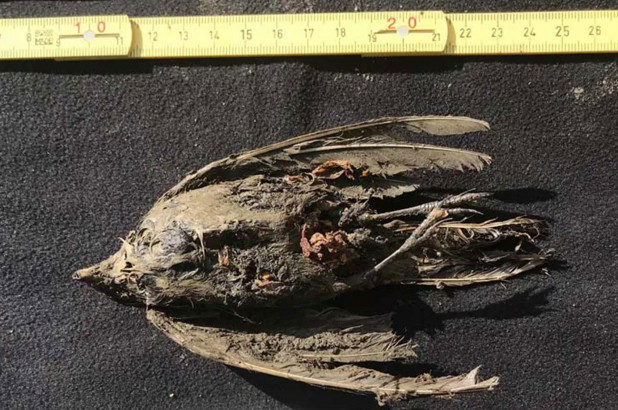OF THE
TIMES
All the USadmin seem to do these days is warn others of what they will do. The Blinken idiot just got his ass kicked on his way out of China. So i...
The second hand car market will go nuts, so second hand cars over a certain age will very probably be banned some way or another. The NWO...
The company should just close its american operations and move them somewhere else. The market isn't just america. Concentrate on the emerging...
If you need missiles to persuade your rivals you probably do not have an argument that stands scrutiny. ?
The human race has a reckoning if this stupidity is allowed to breed. Perhaps Karma will one day ensure that this idiot has a boating accident and...
To submit an article for publication, see our Submission Guidelines
Reader comments do not necessarily reflect the views of the volunteers, editors, and directors of SOTT.net or the Quantum Future Group.
Some icons on this site were created by: Afterglow, Aha-Soft, AntialiasFactory, artdesigner.lv, Artura, DailyOverview, Everaldo, GraphicsFuel, IconFactory, Iconka, IconShock, Icons-Land, i-love-icons, KDE-look.org, Klukeart, mugenb16, Map Icons Collection, PetshopBoxStudio, VisualPharm, wbeiruti, WebIconset
Powered by PikaJS 🐁 and In·Site
Original content © 2002-2024 by Sott.net/Signs of the Times. See: FAIR USE NOTICE

Just yesterday, I was biking out in the woods, I saw - first time in my life - what are called 'Horned Larks, ' which are a Canadian & Great Plains dwelling species. Supposedly their extremest winter range takes them into Georgia, but there (here) they were , ~400? miles south of their most extreme winter range. I've got to believe that all the big storms up North are the cause.*
Bird:[Link][Link] ; Range: [Link] [Link] love critters!
RC
*Cold snowy winters in northern half of contiguous US usually result in us having an unusually warmer and drier winter, as this one has been.
See:
Northwest Colorado records storm's highest snow total - 40 inches over weekend
A snow monitoring site northeast of Steamboat Springs near the Routt and Jackson county border reported the highest amount of snowfall in the state over the weekend with close to 40 inches of...